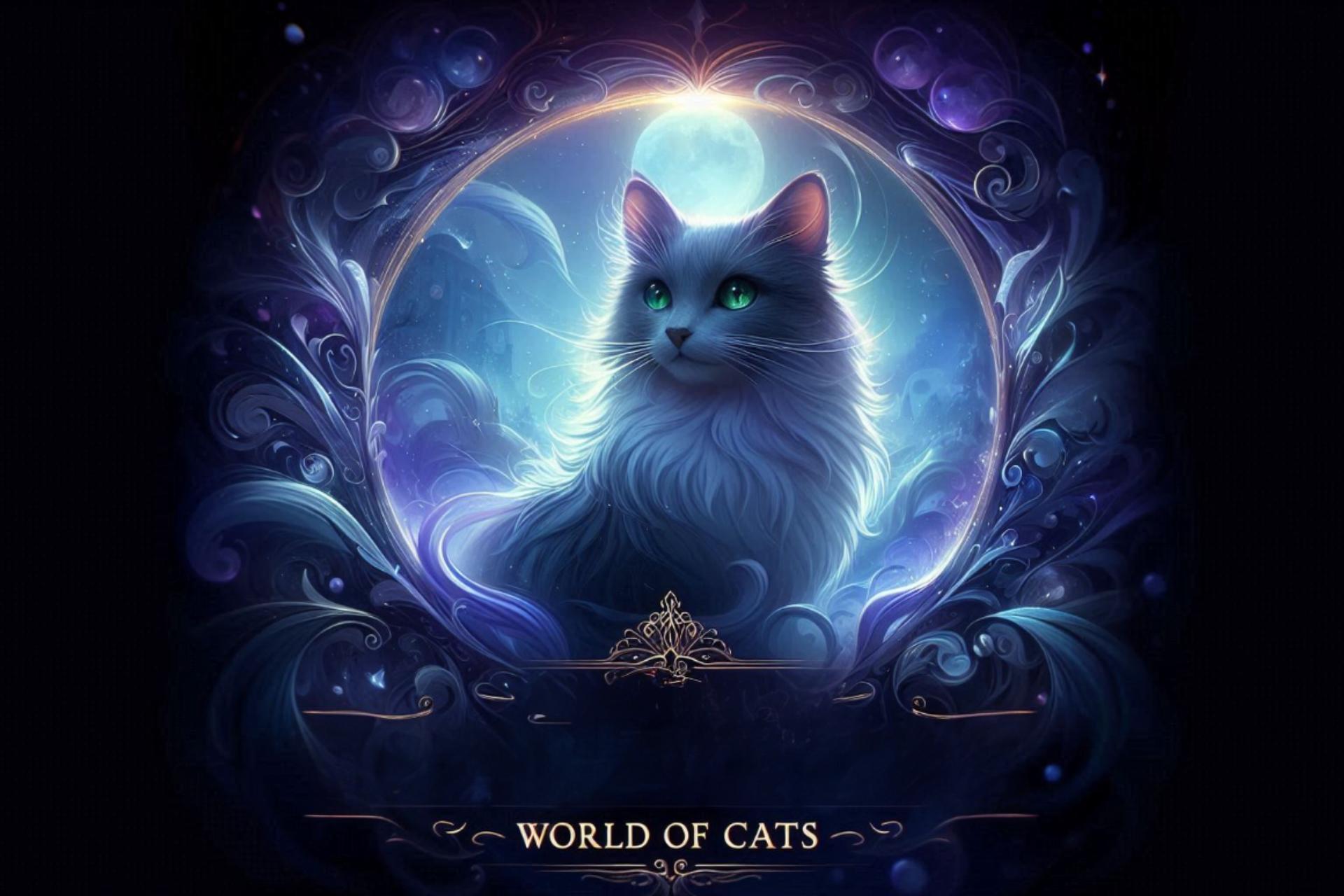Unveiling the Enigmatic World of Cats
Cats, those captivating creatures, have shared our lives for centuries. Yet, behind those mesmerizing eyes and playful antics lies a world of intriguing secrets. This journey will explore the lesser-known side of our feline companions, uncovering fascinating facts that will reshape your understanding of these enigmatic creatures. From their ancient origins to their uncanny abilities, there's always something new to learn about our furry friends. Prepare to be amazed – your cat might be more complex than you ever imagined.
Ancient Origins: More Than Meets the Eye
Cats boast a long and storied history, their journey alongside humans spanning millennia. Revered by ancient civilizations, cats often held sacred status. In ancient Egypt, they were worshipped as gods, associated with the goddess Bastet, representing protection, fertility, and motherhood. Harming a cat in ancient Egypt was a crime. Their presence symbolized good luck and prosperity, their images adorning temples and tombs. Mummified cats discovered alongside pharaohs highlight the profound connection between felines and ancient Egyptian culture. This reverence extended beyond Egypt. In ancient Rome, cats symbolized liberty and were linked to the goddess Diana. Norse mythology depicted Freya, the goddess of love, beauty, and magic, with a chariot pulled by cats. These ancient beliefs have shaped our perception of cats, continuing to fascinate and intrigue us today, revealing a deep-rooted human-feline connection.
The Secret Language of Meow: Speaking Volumes
Cats are masters of communication, their language extending far beyond a simple "meow." They employ vocalizations, body postures, and facial expressions. Deciphering these subtle cues is key to understanding their needs and emotions. Intriguingly, meowing is primarily directed at humans, not other cats. While hisses, growls, and chirps facilitate inter-cat communication, meowing seems reserved for human interaction. This suggests cats have adapted their communication style to engage with us, using varied meows, each subtly different in pitch, tone, and length, to convey diverse messages. A short, high-pitched meow might be a greeting, while a long, drawn-out meow could signal a request. By observing meows, body language, and facial expressions, we can decipher their subtle cues and strengthen our bond.
Whiskers of Wonder: Sensory Superpowers
Cats possess extraordinary senses, and their whiskers are not merely for show. These long, stiff hairs are highly sensitive sensory organs, crucial for navigation. Each whisker connects to a nerve-rich follicle, sending information about the surroundings to the cat's brain. They detect even the slightest air movement or change in air currents, allowing them to perceive nearby objects in complete darkness. Whiskers also help judge the width of openings, determining if a space is passable without physical testing. Their length roughly corresponds to the cat's body width. Never trim a cat's whiskers, as this disorients them and impairs their navigation. Appreciate these essential tools that enhance their sensory perception.
The Enigma of Catnip: A Feline's Guilty Pleasure
Catnip, a member of the mint family, holds an irresistible allure for many cats. Its nepetalactone triggers a euphoric response in about two-thirds of felines. The effects are temporary and harmless, lasting 10-15 minutes. Exposed to catnip, cats may rub against the plant, roll on the floor, vocalize excessively, or become temporarily hyperactive or aggressive. The exact reason for this reaction remains partially understood, with some scientists believing nepetalactone mimics pheromones. While entertaining, not all cats react to catnip, particularly kittens under six months. Sensitivity to catnip is believed to be hereditary.
Left or Right: Paw Preference in the Cat World
Like humans, cats can exhibit paw preference, or laterality. While some appear ambidextrous, most favor a paw for tasks requiring dexterity. Studies indicate female cats are more likely to be right-pawed, while males tend towards left-pawedness. The reasons for this gender difference remain unclear, possibly related to hormonal influences or brain structure. Observing your cat's paw preference can be a fun and insightful exercise.
The Hidden History: Unraveling the Myths
Cats have long been shrouded in mystery and superstition. From ancient legends to modern folklore, these enigmatic creatures have inspired countless tales. While some stories may hold a grain of truth, others are pure myth. One common myth is that black cats bring bad luck, likely originating in medieval Europe, where they were associated with witches. However, in some cultures, black cats symbolize good luck or prosperity. Another myth claims cats steal babies' breath, likely arising from their habit of seeking warmth and potentially accidentally suffocating infants by lying too close. Separating fact from fiction is important. While cats possess unusual abilities, they are not supernatural.
Beyond the Litter Box: Surprising Cat Behaviors
Cats are creatures of habit, engaging in seemingly peculiar behaviors that can perplex their human companions. Understanding the reasons behind these actions offers insights into the feline mind. For example, cats instinctively bury their waste, a behavior inherited from wild ancestors who concealed their scent from predators and prey. Kneading, a rhythmic pushing motion with the paws often accompanied by purring, signifies contentment and relaxation, stemming from kittenhood when they kneaded their mothers to stimulate milk flow. Cats are also territorial, marking their territory by rubbing against objects, leaving behind their scent as a signal to other cats.
Feline IQ: Smarter Than You Think
Often perceived as independent and aloof, cats' intelligence is often underestimated. In reality, they are highly intelligent animals with impressive cognitive abilities, allowing them to learn, adapt, and thrive. Cats have excellent memories, recalling people, places, and events for years, crucial for survival in the wild. They are also skilled problem solvers, figuring out how to open doors, escape enclosures, and obtain food from challenging locations. Their agility, dexterity, and ability to think outside the box make them adept at overcoming obstacles. While they may not always obey commands, this doesn't diminish their intelligence; they are independent thinkers, motivated by their own desires and instincts.
The Future of Feline Facts: Embracing the Unknown
As we continue sharing our lives with cats, we constantly learn new things about these fascinating creatures. The field of feline behavior and cognition is ever-evolving, with new discoveries challenging our previous assumptions. The future of feline facts is full of possibilities. Advancements in technology and research promise deeper understanding of the feline brain, senses, communication, and evolutionary history. Each new discovery brings us closer to unraveling the mysteries of the cat world. We must approach our feline companions with curiosity, respect, and a willingness to learn. By embracing the unknown, we can continue to deepen our understanding and appreciation for these enigmatic and captivating creatures.

















